Wool Carpet Moth Damage: How to Protect Your Precious Rugs
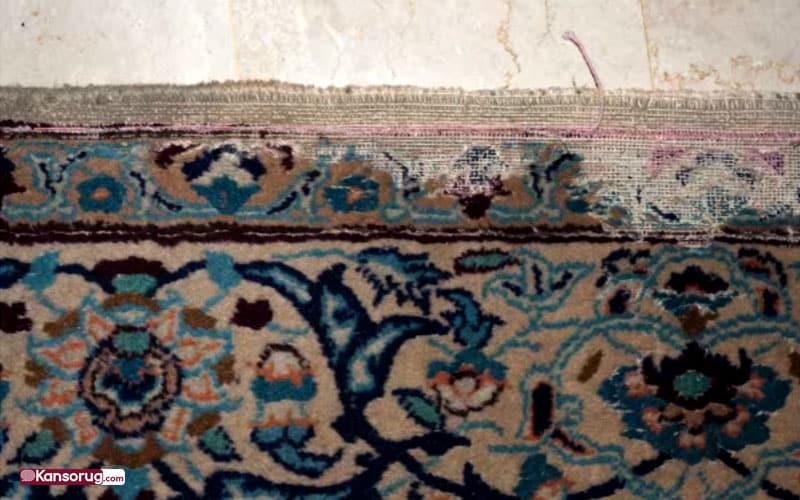
Are your clothes or handmade rugs eaten by moths? If so, you need to know their control methods and life cycle to eliminate them effectively. Tineola bisselliella, the common clothes moth, is a major threat to handwoven carpets. The damage these moths do to your carpets and clothes will become a problem if not addressed promptly. Other carpet damage can come from termites, crickets, grasshoppers, cockroaches, and willows, but carpet moths are the most dangerous. So lets know more about Wool Carpet Moth Damage: How to Protect Your Precious Rugs.
These insects have a strong sense of smell, are particularly attracted to the scent of fur, silk, and wool, and feed on the protein found in the wool fibers of your handmade carpet. If left unchecked, a clothes moth infestation will destroy the entire carpet, leaving only the pile. Of course, mice and rabbits can also damage carpets, but this is less common in modern homes.
The culprit behind the holes in your closet clothes or warehouse carpet may be the larvae of carpet moths, not adult insects. This doesn't happen with clothes made of synthetic fibers or machine-made carpets. Why? Because carpet moths target the protein in wool fibers.
So, Can you ever get rid of carpet moths? Yes!
In This Blog...
ToggleShould You Worry about Buying a Wool or Fluffy Carpet?
Not necessarily. Here's why:
- Modern Treatments: In recent years, many newly woven carpets have undergone treatments during washing and preparation. These treatments often include moth repellents that make the carpet's smell and fibers unattractive to clothes moth larvae for several years.
- Proper Maintenance: As we'll discuss later, proper care of your handwoven carpet goes a long way in preventing insect damage. Regularly cleaning and maintaining your carpet reduces the chance of attracting moths and other pests.
By combining these two approaches, you can enjoy the beauty of a wool carpet without excessive worry about moth damage.
Most people lack knowledge about carpet moths and the damage they cause. This ignorance can be costly. So, to learn about the clothes moth life cycle, keep reading!
Dealing with Clothes Moths:
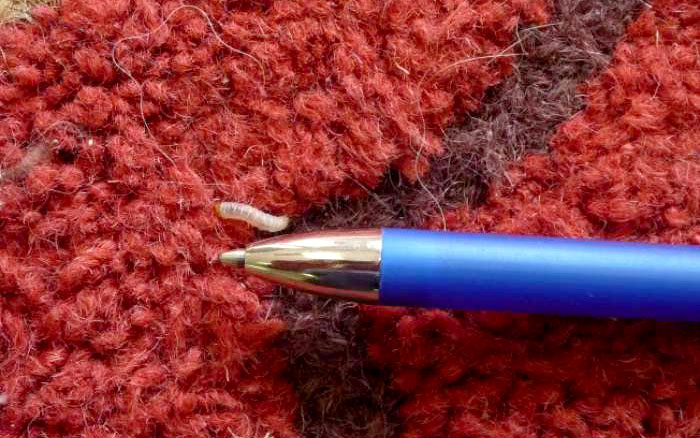
Carpet moths, small yellow butterflies with the scientific name Tineola Biseliella, have a body length of around 9-12 mm. Their eggs hatch into larvae during one of their life stages. The damage to wool comes from the larvae, not the adult moth, as they feed on wool protein for growth. A clothes moth can destroy about 42 kg of wool after forty generations, and this destruction rate applies to carpets as well. There are generally three types of insects: keratin-eating, cellulose-eating, and omnivorous. Carpet moths are keratin-eaters. Since wool is a keratin fiber, it's an ideal food source for carpet moths, which is why carpet piles are more susceptible to damage than the weft.
In general, keratin-eating insects feed on protein fibers, causing the most damage to hand-woven carpets. Carpet moths have four developmental stages: eggs, larvae, pupae, and adult. Studies show that clothes moth larvae, in the larval stage, feed on the keratin in wool's protein fibers, causing significant destruction.
Most of us only know a few traditional methods for dealing with carpet moths. Stay tuned for more information!
What Are the Types of Clothes and Carpet Moths?
Several types of moths destroy the keratin fibers in clothes and carpets. Identifying carpet moths is easy based on color and size. If they chew holes in your clothes, your handmade and antique rugs are also at risk.
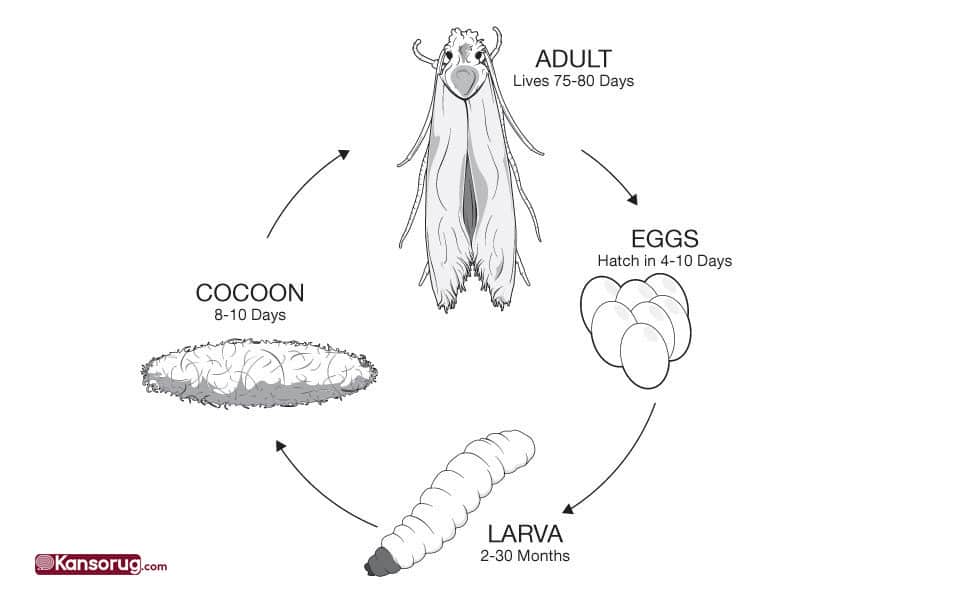
The Life Cycle of the Carpet Moth: Protecting Your Woolens
Many insects, including carpet moths, have a distinct life cycle with four stages: egg, larva, pupa, and adult. Understanding this cycle is crucial for controlling and preventing damage to your woolen belongings.
1. Egg Laying:
Adult carpet moths lay 40-100 eggs at a time in suitable nesting locations. Hatching typically takes 4-10 days, depending on temperature and humidity.
2. Larval Stage:
This is the most damaging stage. The larvae, often called maggots, feed ravenously on wool carpets, clothes, and blankets. The larval stage can last anywhere from 2 months to a staggering 2.5 years, making carpet moths a significant threat.
3. Pupal Stage:
When the temperature rises, the larvae enter the pupal stage, transforming into pupae. These pupae are often hidden in dark corners and go unnoticed. This stage lasts up to 50 days.
4. Adult Stage:
Adult carpet moths are harmless themselves. Their sole purpose is to find a mate and lay eggs. They typically live for a week to a year, with females dying after laying eggs and males dying after mating.
Damage and Solutions:
Carpet moths primarily damage woolen goods. They don't bite humans. The key to preventing damage is to address the problem during the inactive (egg and pupal) stages. Here are some methods:
1. Repellents:
- Naphthalene or Fragrant Leaves:
Naphthalene balls or dried, aromatic plants like tobacco have a strong odor that deters larvae. However, naphthalene can damage carpets, so use it cautiously. Consider the potential for color transfer from fragrant leaves as well.
While the effectiveness of vinegar on carpet moths is debated, spraying vinegar generally not considered a strong solution.
- Chemical Repellents:
Scented soaps, chemical sprays, mothballs, and perfume-soaked napkins can also deter larvae. Be aware that some chemicals lose their effectiveness quickly, requiring repeated application.
Carpet moth sprays can be effective but may require repeated application.
2. Disruption:
- Regular Movement:
Moving carpets and clothing disrupts the moth's life cycle. Regularly airing out stored carpets, especially hand-woven ones, is crucial. The frequency of movement depends on the carpet size and storage environment (hot and humid environments require more frequent movement).
3. Environment Control:
- Eliminate the ideal environment for larvae: Remove woolen items: If possible, store fewer woolens.
- Reduce moisture: Avoid damp storage areas.
- Maintain cool temperatures: Cooler temperatures slow larval growth.
- Carpet moth traps: These lure and trap adult moths, preventing them from laying eggs.
What to Do if Your Handmade Carpet is Damaged
Have you noticed holes, missing flowers, faded colors, or even exposed backing on your handmade carpet? These signs indicate damage from carpet moth larvae.
Don't Panic! Here's What To Do:
- Leave the Carpet Untouched: Resist the urge to pull or move the carpet. This can worsen the damage and cause tears.
- Isolate the Carpet: Immediately remove the damaged carpet from other rugs and woolen items to prevent further infestation.
- Seek Professional Help: Consult a handwoven carpet expert for an assessment. Luckily, minor damage can often be repaired.
Prevention is Key:
While skilled repairs can address minor damage, severe moth damage might be irreparable. This highlights the importance of proper handwoven carpet maintenance.
Last Line:
We've discussed Wool Carpet Moth Damage: How to Protect Your Precious Rugs. It's important to remember that even with preventative measures, moth infestations can still occur.
While carpet moths themselves are harmless, their larvae can wreak havoc on your precious woolens. Signs of a carpet moth infestation include holes, missing carpet fibers, and exposed backing. The fastest way to eliminate them completely involves a multi-pronged approach that may include professional carpet moth treatment.
Remember, prevention is key. Regularly cleaning your carpets and maintaining a dry environment discourages moths. If you suspect an infestation, don't panic! Address the problem quickly and consult a professional for proper treatment to minimize carpet moth damage.
Don't despair if your woolen or fluffy carpet suffers from insect damage! Carpet beetles, moths, and their larvae can all be culprits. But the good news? Your carpet can be repaired! We offer expert repair and maintenance services for Persian handwoven carpets. Feel free to contact us for a consultation - we can help restore your carpet to its former glory!
Please rate Stellar
Your page rank:
Related Posts
Can My Hand-Woven Carpet Be Repaired? Expert Advice
-
Posted by
kansorug_admin
- 0 comments
Persian Handmade Carpet Repair Solutions
-
Posted by
kansorug_admin
- 0 comments

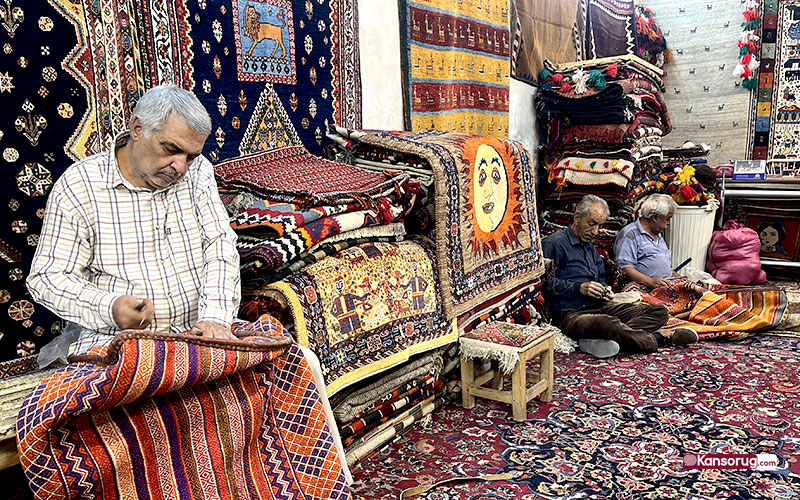
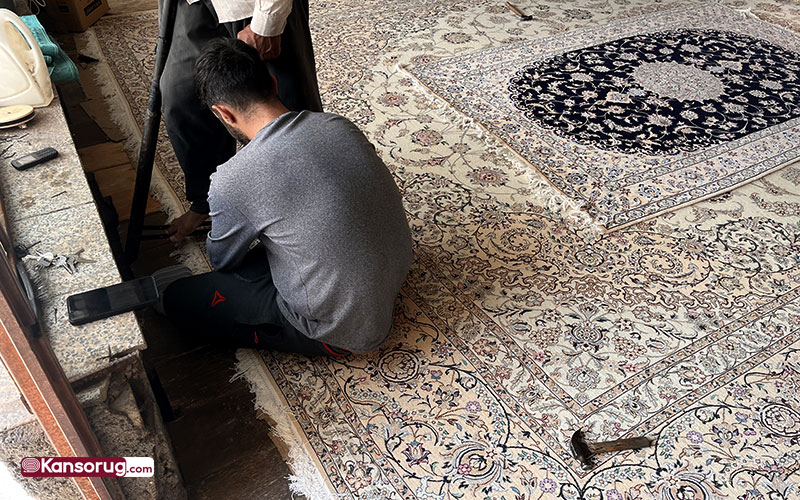
It was really one of the best and most useful articles that I have read about carpet mosquitoes. Do you provide cleaning services in Europe?
Hi. we are glad this could help you. If you need handmade carpet service, count on us from anywhere in the world. Please keep in touch with us…
This article was really informative! I had no idea that clothes moths could cause so much damage to wool carpets. What are the best methods to prevent and treat a moth infestation in handwoven rugs
Hi!
Yes, unfortunately, carelessness in the maintenance of woolen or fluffy carpets leads to many injuries. We have mentioned the ways to get rid of carpets and clothes willow in the text.